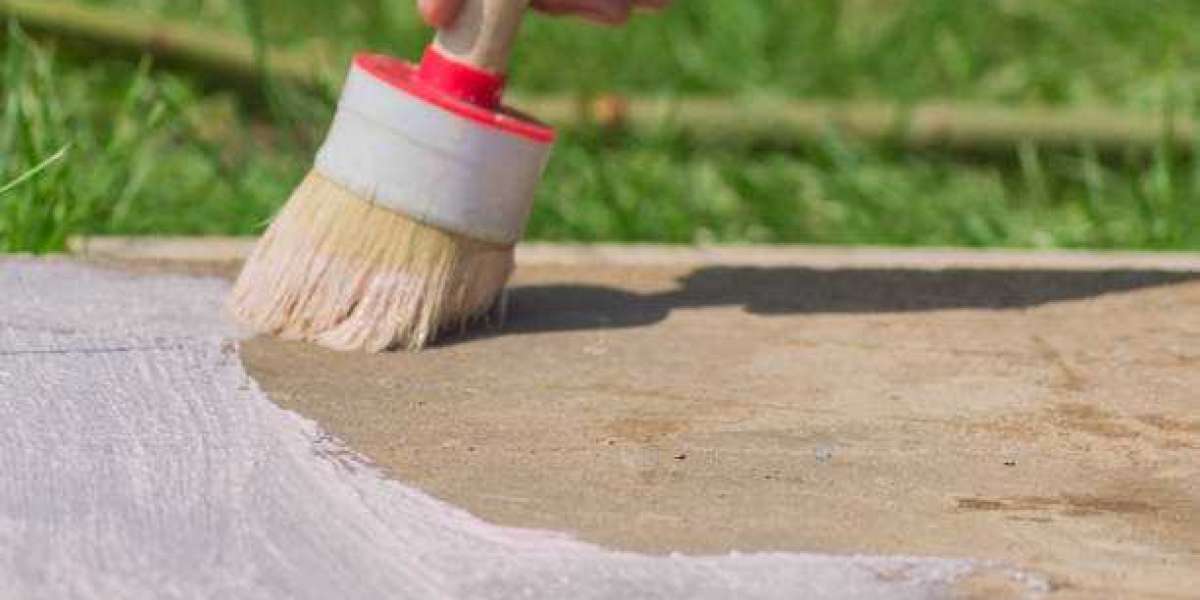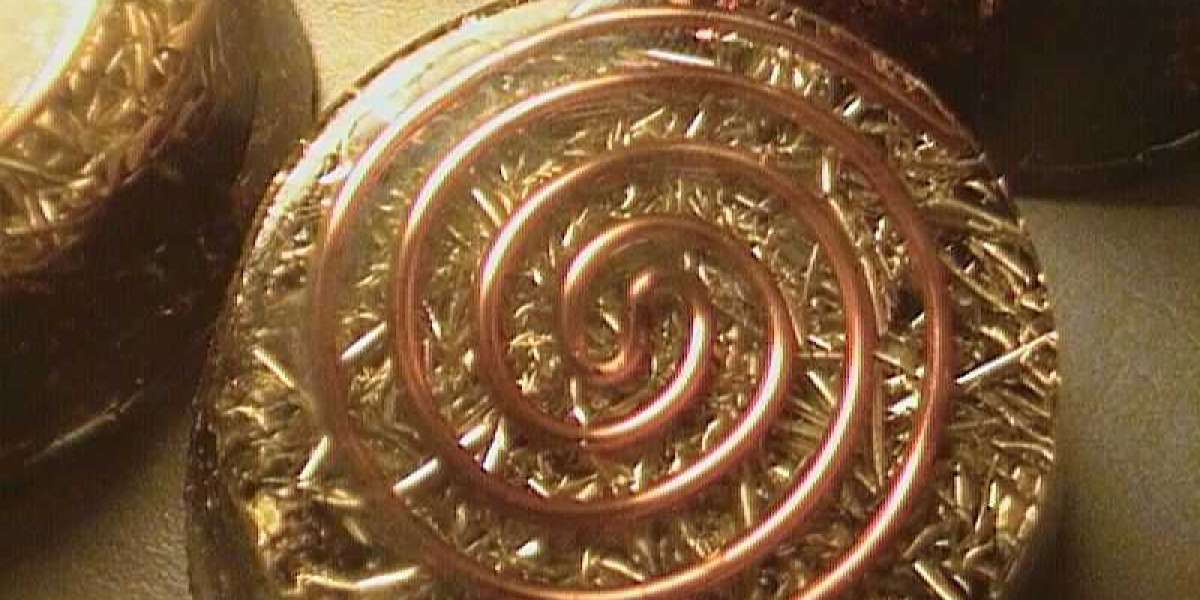When it comes to home improvement, few projects can transform the look and feel of your space as dramatically as floor refinishing. Whether you have hardwood, tile, or concrete floors, refinishing can breathe new life into worn-out surfaces, making them look brand new again. Floor refinishing services are not just about aesthetics; they also extend the lifespan of your floors, protect them from damage, and enhance the overall value of your home. In this article, we’ll explore everything you need to know about floor refinishing services, including the benefits, the process, and how to choose the right professionals for the job.
Why Consider Floor Refinishing?
Over time, floors endure a lot of wear and tear. From scratches and dents to fading and stains, daily use can take a toll on even the most durable flooring materials. Instead of replacing your floors entirely, refinishing offers a cost-effective and eco-friendly solution. Here are some key benefits of floor refinishing:
Restores Original Beauty: Refinishing removes surface imperfections, bringing back the natural shine and color of your floors.
Cost-Effective: Refinishing is significantly cheaper than replacing floors, saving you money while achieving similar results.
Eco-Friendly: By refinishing instead of replacing, you reduce waste and minimize the environmental impact.
Increases Home Value: Well-maintained floors are a major selling point for potential buyers, boosting your home’s market value.
Customization Options: Refinishing allows you to change the stain color or finish to match your evolving style preferences.
Types of Floors That Can Be Refinished
Not all floors are created equal, and the refinishing process varies depending on the material. Here’s a breakdown of the most common types of floors that can benefit from refinishing:
Hardwood Floors: Hardwood is one of the most popular flooring options, and it’s also one of the easiest to refinish. Sanding down the surface and applying a new stain or sealant can restore its original luster.
Tile Floors: While tile is durable, grout lines can become discolored, and tiles can lose their shine over time. Professional refinishing can clean, repair, and reseal tile surfaces.
Concrete Floors: Often found in basements or garages, concrete floors can be polished, stained, or coated to improve their appearance and durability.
Laminate Floors: While not all laminate floors can be refinished, some high-quality options can be lightly sanded and recoated to remove minor damage.
The Floor Refinishing Process
Understanding the refinishing process can help you set realistic expectations and ensure a smooth experience. Here’s a step-by-step overview of what to expect:
Inspection and Preparation: A professional will inspect your floors to assess their condition and determine the best approach. Furniture and other items will be moved out of the way, and the area will be prepped for work.
Cleaning and Repairs: The floors will be thoroughly cleaned to remove dirt and debris. Any cracks, holes, or damaged areas will be repaired.
Sanding (for Hardwood Floors): For hardwood floors, sanding is a critical step to remove the old finish and smooth out imperfections. This process may involve multiple passes with different grits of sandpaper.
Staining (Optional): If you want to change the color of your floors, this is the stage where a new stain is applied. The stain is allowed to dry before moving on to the next step.
Applying the Finish: A protective finish, such as polyurethane, is applied to seal the floor and provide durability. Multiple coats may be added for extra protection.
Drying and Curing: The floors need time to dry and cure, which can take anywhere from a few hours to a few days, depending on the type of finish used.
Final Touches: Once the floors are fully cured, the professionals will clean up the area and move your furniture back into place.
Choosing the Right Floor Refinishing Service
Not all floor refinishing companies are created equal, so it’s important to do your research before hiring a professional. Here are some tips to help you make the right choice:
Check Credentials: Look for licensed and insured professionals with experience in refinishing the type of floors you have.
Read Reviews: Online reviews and testimonials can provide valuable insights into the quality of a company’s work and customer service.
Ask for References: A reputable company should be able to provide references from satisfied customers.
Get Multiple Quotes: Compare quotes from several companies to ensure you’re getting a fair price.
Inquire About Products: Ask about the products and techniques they use to ensure they align with your expectations and needs.
Maintaining Your Refinished Floors
Once your floors have been refinished, proper maintenance is key to keeping them looking their best. Here are some tips to help you care for your newly refinished floors:
Regular Cleaning: Sweep or vacuum regularly to remove dirt and debris that can scratch the surface.
Use Protective Pads: Place felt pads under furniture legs to prevent scratches and dents.
Avoid Harsh Chemicals: Use cleaning products specifically designed for your type of flooring to avoid damaging the finish.
Control Humidity: Maintain a consistent humidity level in your home to prevent warping or cracking, especially for hardwood floors.
FAQs About Floor Refinishing Services
Q: How often should I refinish my floors?
A: The frequency depends on the type of flooring and the amount of traffic it receives. Hardwood floors typically need refinishing every 7-10 years, while tile and concrete floors may require less frequent attention.
Q: Can all types of floors be refinished?
A: Not all floors can be refinished. While hardwood, tile, and concrete are commonly refinished, some laminate or engineered wood floors may not be suitable for refinishing.
Q: How long does the refinishing process take?
A: The timeline varies depending on the size of the area and the type of flooring, but most projects take 2-5 days, including drying and curing time.
Q: Is floor refinishing messy?
A: While refinishing can create dust and debris, professional services take precautions to minimize mess, such as using dust containment systems.
Q: Can I stay in my home during the refinishing process?
A: It’s possible, but you may need to avoid certain areas while the work is being done. Strong fumes from stains and finishes can also be a concern, so proper ventilation is essential.
By investing in Floor repair near me, you can restore the beauty and functionality of your floors without the expense and hassle of replacement. With the right professionals and proper care, your refinished floors will continue to enhance your home for years to come.








